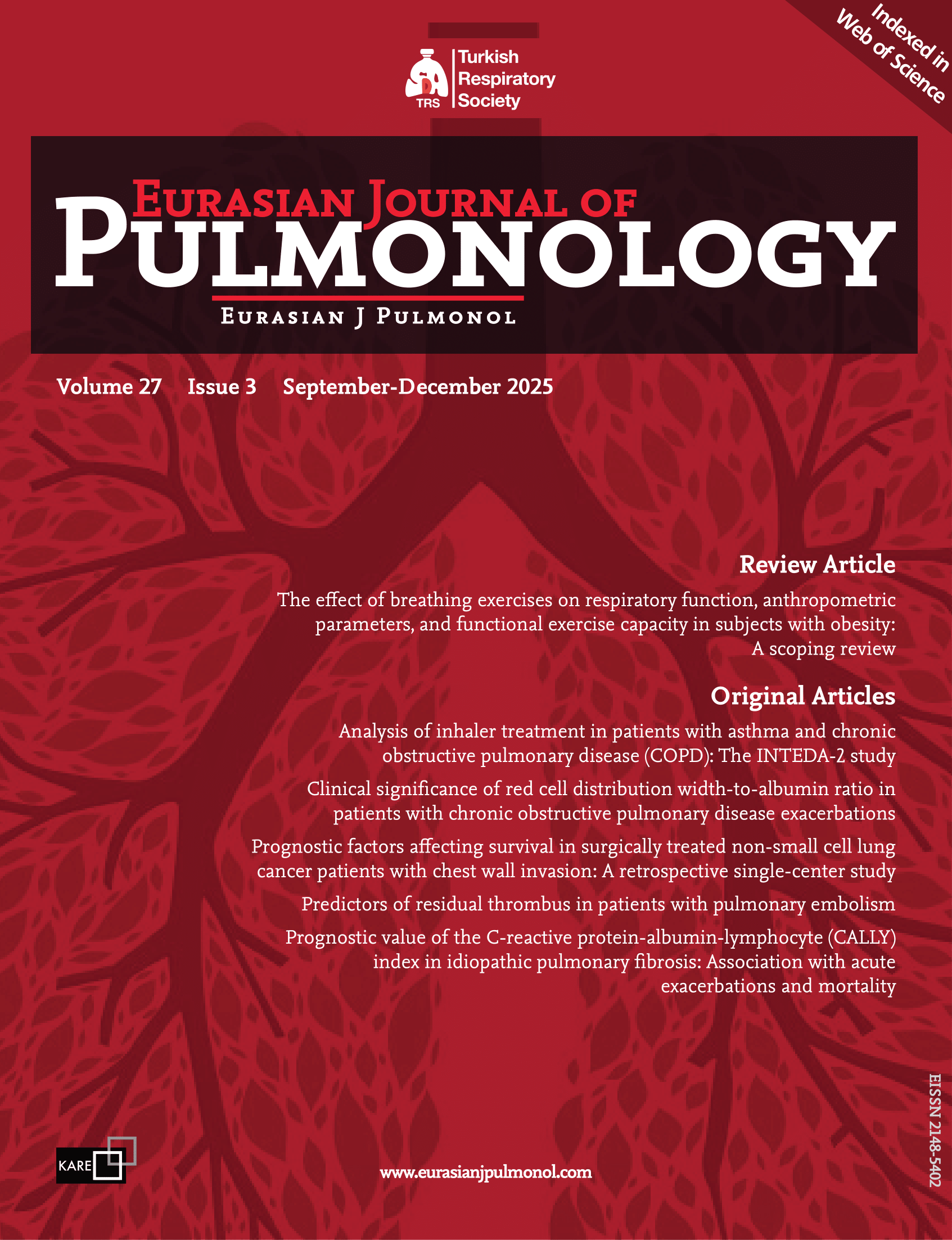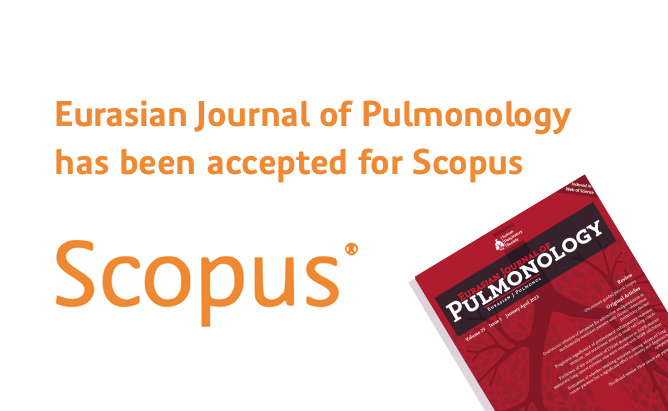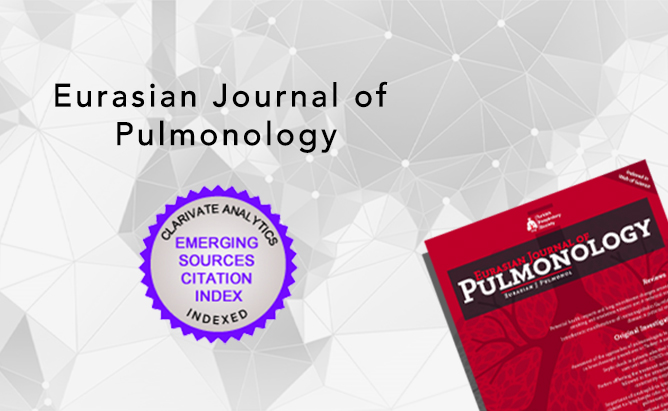2Department of Nuclear Medicine, Adnan Menderes University, School of Medicine, Aydın, Türkiye
3Department of Chest Diseases, Uludag University Faculty of Medicine, School of Medicine, Bursa, Türkiye
4Department of Chest Diseases, Liv Hospital Vadi Istanbul Hospital, Istanbul, Türkiye
5Department of Chest Diseases, Sureyyapasa Chest Diseases and Thoracic Surgery Training and Research Hospital, Istanbul, Türkiye
6Department of Chest Diseases, Tepecik Training and Research Hospital, Izmir, Türkiye
7Department of Internal Medicine, Department of Pulmonary Diseases, Bezmialem University Hospital, Istanbul, Türkiye
8Department of Chest Diseases and Chest Surgery, Yedikule Chest Disease and Thoracic Surgery Training and Research Hospital, Istanbul, Türkiye
9Department of Chest Diseases, Recep Tayyip Erdogan University, School of Medicine, Rize, Türkiye
10Department of Chest Diseases, Izmir Katip Celebi University, İzmir, Türkiye
11Department of Chest Diseases, Medeniyet University Hospital, Istanbul, Türkiye
12Department of Chest Diseases, Selçuk University, School of Medicine, Konya, Türkiye
Abstract
BACKGROUND AND AIM: Noncompliance with inhaler treatment among patients with asthma or chronic obstructive pulmonary disease (COPD) remains a significant issue. This study aims to identify issues related to inhaler use and to propose potential solutions.
METHODS: Patients aged 18 and older who had been receiving inhaler therapy for at least one year for asthma or COPD were included. The study was conducted across nine centers located in different geographical regions of Türkiye. Data were collected through face-to-face interviews, during which patients were asked about their demographic characteristics and history of inhalation therapy.
RESULTS: A total of 256 patients, 179 (69.92%) male and 77 female (30.08%), from 44 different cities were included in the study. Among the participants, 54.40% were former smokers, and 17.92% were current smokers. Annual physician visit rates were three or more times in 55.73% of patients, twice in 24.77%, and once in 13.62%; additionally, 5.88% reported not attending any check-up visits. The hospitalization rate in the past year was 28.53%. Among those hospitalized, 46.07% were admitted once, 30.34% twice, and 23.59% three times or more. The mean number of hospitalizations during the previous year was 2.27. Participants reported that education on inhaler device use had been provided by physicians (83.50%), pharmacists (10.36%), and nurses (2.27%). Regarding the method of education, 77.52% received only verbal instructions, 20.13% received verbal instructions along with their device usage, and 2.35% were trained with a brochure. Among the patients, 45.43% stated that device usage was not assessed during outpatient visits, while 40.20% reported at least one change in their inhaler device.
CONCLUSIONS: Although most patients stated that their initial education on device use was adequate, significant issues with noncompliance remain. These issues include providing only verbal inhaler device training and failing to assess patients’ inhaler technique during outpatient visits. Training respiratory nurses specifically for inhaler device education, as well as certifying family medicine specialists and nurses working in family health centers in this area, may help minimize these problems.




 Mecit Suerdem1
Mecit Suerdem1 




